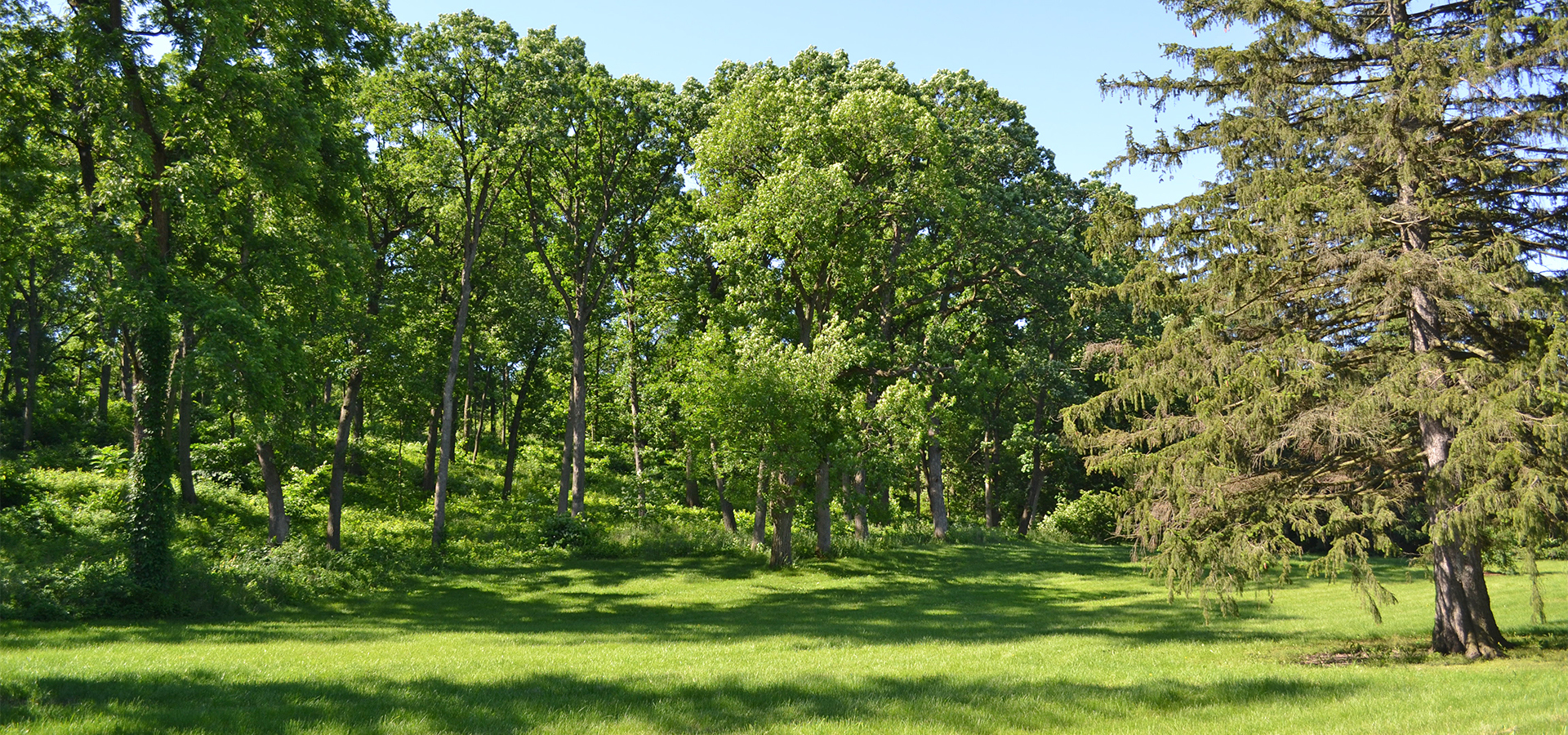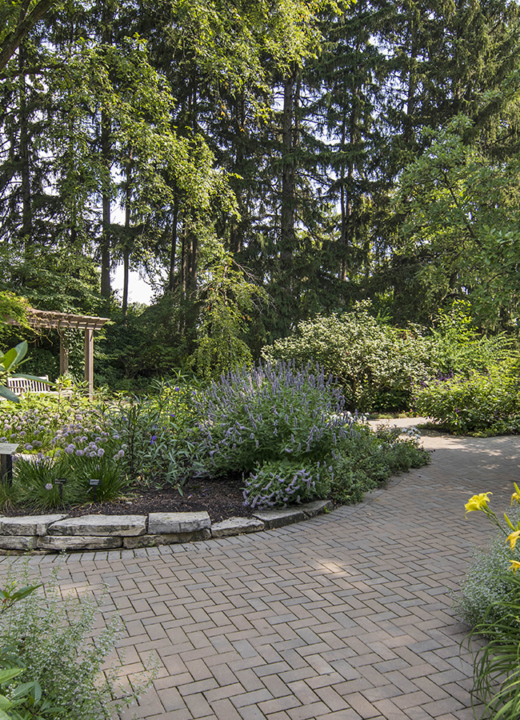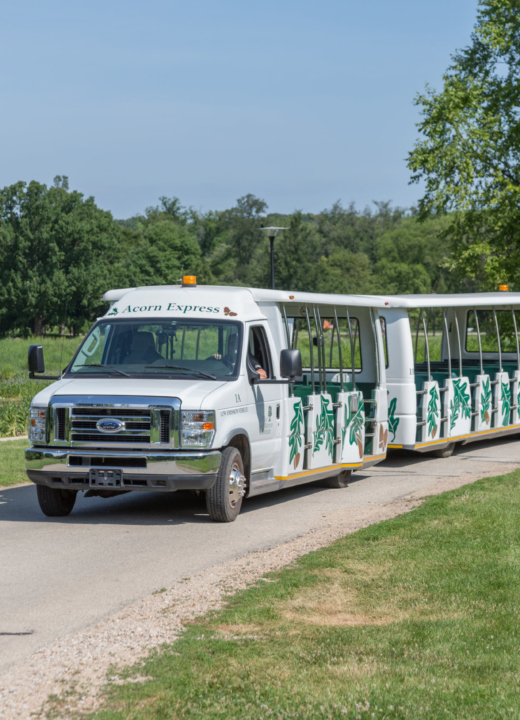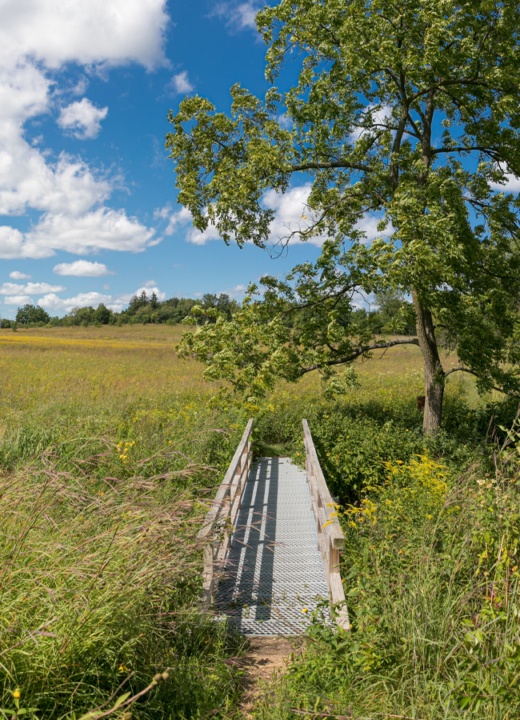Midwest Collection
You may be surprised by the diversity of native plants represented in the Midwest United States Collection, which highlights the trees and other plants native to the northern half of Illinois as well as Wisconsin, Minnesota, Michigan, Ohio, Indiana, Iowa, and Missouri. You can challenge yourself to find all 13 species of oaks.
Parking Lot 2, Main Trail Loop 1, and Parking Lot 3, Northern Illinois Trail, East Side
Northern, southern, eastern and western bioregions meet in the Midwest, creating a transitional area characterized by a mix of prairie, savanna, and woodlands. Over the years, however, much of the region has been converted into farmland and urban areas. As a result, remaining natural areas have become extremely fragmented. Parts of the Arboretum’s Midwest Collection include well-preserved woods, with some trees dating before 19th-century settlement, that reveal the historic diversity of the native plants of this region.
Wild-derived plants make up 93% of the collection. Among the 171 kinds of plants here is a federally threatened species, lakeside daisy (Tetraneuris herbacea). Another rare plant in this collection is the Illinois-endangered bearberry (Arctostaphylos uva-ursi var. coactilis), which grows in the sandy soils surrounding Lake Michigan. The red pines (Pinus resinosa) were collected from an endangered population in Illinois.
Among the outstanding assemblage of oaks, look for the pin oak (Quercus palustris), a large tree in the rear of the collection whose limbs reach the ground like a skirt. For great fall colors, check out the scarlet and purple foliage of the black tupelo or black gum (Nyssa sylvatica). You might even see wildlife feeding on its black-blue fruit. Kentucky viburnum or arrowwood (Viburnum molle) also has good fall color and attractive flaky bark that stands out all year.
The Midwest United States Collection is The Morton Arboretum’s youngest geographic collection, begun in 1999. It serves as a resource for classes and individuals interested in learning about native trees and shrubs and highlights regional native trees and shrubs suitable for the home landscape.





























































































